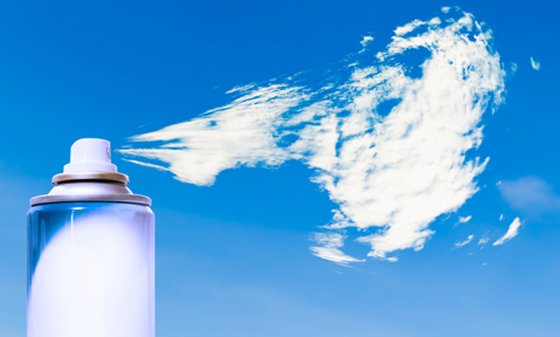A senior professor in the civil engineering department of the Indian Institute of Technology (IIT-K) Dr SN Tripathi has cleared the myth through his research that the aerosols worked as cooling agents.
The results proved that besides, black carbon the organic aerosols also had power to absorb light and to add to the global warming.
This is the first research of its kind conducted in whole of Asia which proved with accurate scientific studies that the aerosols also added to the global warming. Prior to this research aerosols were regarded as the agents for cooling the atmosphere.
The subject of the research of Dr Tripathi was “Refractive Index and Absorption of highly absorbing Brown Carbon aerosols from an urban Indian City Kanpur”. The research results received global acclamations and it was published in Scientific Report journal of Nature Publication Group.
The present research would assist scientists to understand atmospheric warming due to aerosols and it would also help to predict future climate changes.
The study suggested that there was immediate need of putting ban on open biomass burning not only for climate mitigation but also for ensuring better air quality and human health.
The results of the research study of the aerosols have shown that the brown carbon existed as coating over the black carbon and it acts as an optical lens and increases the overall absorption of light due to core shell (coating) structure.
Dr Tripathi conducted the research in the city and its surrounding regions known for high aerosol loading mainly sourced by open biomass and trash burning that caused large scale particulate matter accumulation especially during winter and the mass concentration of particulate matter was recorded as seven times higher than the standards fixed by the World Health Organization (WHO).
.The research findings established that the brown carbon produced by the bio-mass burning had the four times light absorbing power which added to global warming. Besides, the primary organic carbons were more absorbing than the secondary brown carbon.
The research further revealed that brown carbon had the large variation as it is produced more from night to early morning than in the afternoon due to Photo-bleaching (Light causes photo chemistry which reduces the absorbing capacity of the brown carbon).
Over all the capacity of carbonaceous (mixture of organic carbon and the black carbon) depends upon the amount of black carbon and the organic carbon and how the two are mixed











